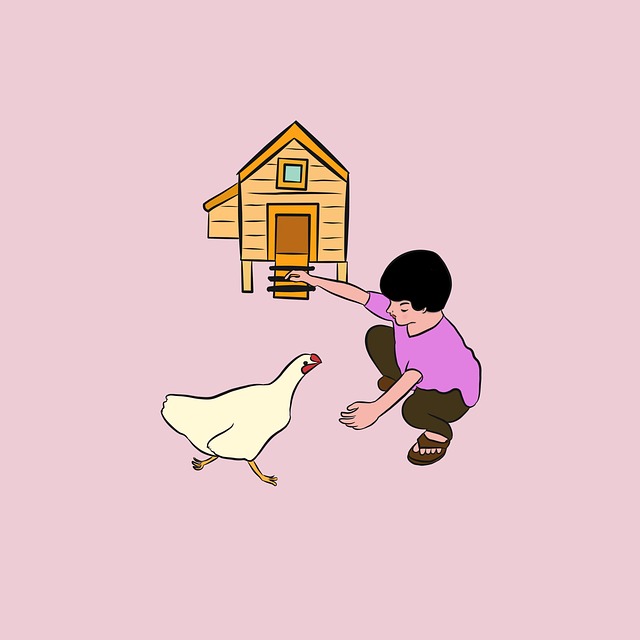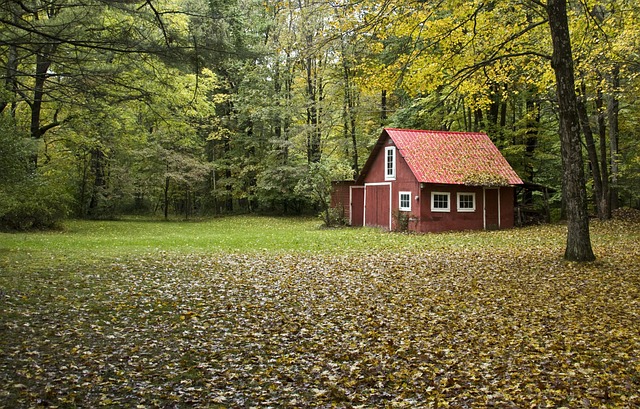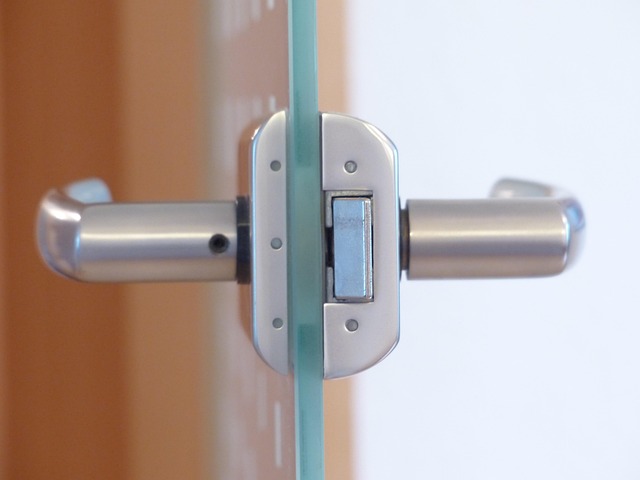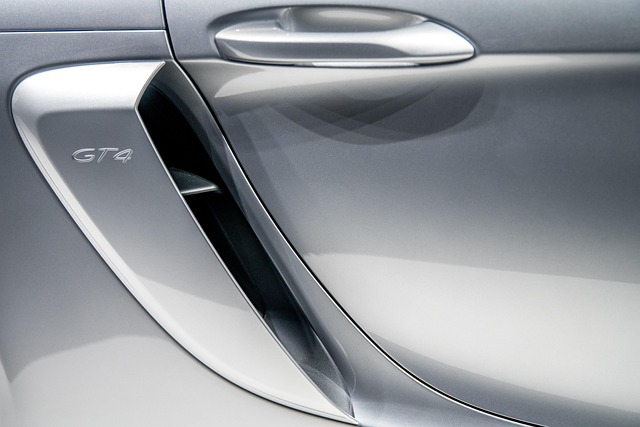Streamline Your Sliding Barn Door Installation with All-in-One Hardware Kits

Rustic barn door frames have gained popularity due to their warm, nostalgic appeal, seamlessly blend…….
Introduction
Sliding barn door tracks and frames are not merely a rustic or country-style feature; they have transcended their traditional agricultural roots to become a modern design element in both residential and commercial spaces. This article delves into the intricacies of sliding barn doors, examining their historical context, contemporary relevance, and the role they play in modern interior design and architecture. We will explore their global impact, economic significance, technological advancements, policy landscape, and the challenges they face. By understanding these components, readers will gain a comprehensive perspective on this versatile feature and its future prospects.
Understanding Sliding Barn Door Tracks and Frames
Sliding barn door tracks and frames are mechanical systems designed to glide smoothly along a guided track, providing an alternative to traditional hinged doors for large openings. Comprising the door panel, track, rollers or wheels, guide mechanisms, and sometimes additional hardware like brakes or locks, these systems offer both functionality and aesthetic appeal.
Historically, barn door tracks and frames were used to close off livestock areas within barns, offering practical solutions for controlling access while conserving space. Over time, their design evolved, integrating into contemporary spaces, and adapting to various architectural styles. Today, they are celebrated for their ability to partition rooms, divide communal spaces, or create privacy within open floor plans without compromising on light or view.
Global Impact and Trends
The influence of sliding barn door tracks and frames has seen a surge in international markets, with trends reflecting a blend of traditional craftsmanship and modern innovation. Europe, North America, and Asia are leading the way in design and manufacturing, with each region bringing its unique flair to the product. For instance, European designs often emphasize sleek lines and minimalist aesthetics, while Asian markets are known for their diverse range of materials and finishes.
The global impact is also seen in the environmental considerations of these systems. Sustainable practices in sourcing materials and eco-friendly manufacturing processes have become increasingly important, driving innovation in this sector. The trend towards green building and design has further solidified the role of sliding barn doors as a sustainable option within environmentally conscious projects.
Economic Considerations
From a market perspective, sliding barn door tracks and frames represent a niche yet growing segment within the broader construction and interior design industries. The economic value lies not only in the sale of these systems but also in their ability to add perceived value to properties. Investment patterns indicate a trend towards customization and unique features that can enhance property appeal and resale value.
Economic analysis reveals that the demand for these doors correlates with economic health, as they are often considered discretionary items in renovation or new construction projects. The market dynamics also show a preference for high-quality, durable products that offer longevity and low maintenance costs.
Technological Advancements
Technological advancements have significantly impacted the design and functionality of sliding barn door tracks and frames. Innovations include the development of:
These advancements not only improve the functionality of barn doors but also expand their potential applications, from residential spaces to industrial settings.
Policy and Regulation
The policy and regulatory framework governing sliding barn door tracks and frames is diverse, reflecting concerns ranging from safety standards to environmental impact. In the United States, for example, the Consumer Product Safety Commission (CPSC) sets guidelines for safety in hardware used in homes. The International Building Code (IBC) also provides regulations that must be adhered to for structural integrity and safety.
At an international level, the European Union’s REACH regulation and other environmental directives influence the manufacturing process of these doors, ensuring compliance with stringent health and environmental standards. These policies play a crucial role in guiding innovation and ensuring that products meet both safety and sustainability benchmarks.
Challenges and Criticisms
Despite their popularity, sliding barn door tracks and frames face several challenges. One major criticism is their suitability for large openings, where traditional hinged doors might be more appropriate. Additionally, the weight of some door panels can pose installation challenges or require additional support structures.
Another challenge is maintaining the balance between innovation and cost. While technological advancements offer many benefits, they also come with a higher price tag that may not be accessible to all consumers. Moreover, the aesthetic appeal of barn doors must be harmonious with the existing architectural style to avoid dissonance.
To address these issues, manufacturers and designers can focus on developing lighter materials, creating more affordable options, and offering design consultations to ensure compatibility with various styles. Education and training for installers can also improve the overall quality of installation and customer satisfaction.
Case Studies
Several case studies exemplify the successful integration of sliding barn door tracks and frames in diverse settings:
These case studies demonstrate the versatility and adaptability of sliding barn door tracks and frames across different applications and environments.
Conclusion
Sliding barn door tracks and frames have evolved from a practical agricultural solution to a sought-after feature in contemporary design. Their impact is felt globally, with trends reflecting a fusion of tradition and innovation. Economic considerations, technological advancements, policy frameworks, and design challenges all contribute to the dynamic nature of this industry.
As we look to the future, it is clear that sliding barn doors will continue to play a significant role in architecture and interior design, offering both aesthetic appeal and functional versatility. The key to their continued success lies in the balance between honoring traditional craftsmanship and embracing modern technology, all while maintaining sustainability and affordability. With careful consideration of these factors, sliding barn door tracks and frames are poised to leave a lasting impression on the world of design for years to come.

Rustic barn door frames have gained popularity due to their warm, nostalgic appeal, seamlessly blend…….

Custom barn door tracks are a key component for successful installations, offering precise fits, sec…….

Barn door rail systems, key to creating functional and stylish sliding barn doors, include tracks, w…….

Sliding barn door tracks and frames provide modern, heavy-duty solutions for both interior and exter…….

Barn door rail systems made of sturdy materials like steel or aluminum offer seamless, quiet sliding…….

For successful barn door frame installation, prioritize heavy-duty tracks that support weight, ensur…….

Rustic barn door frames have gained popularity for their warm, characterful design, transforming ord…….

Rustic barn door frames with adjustable tracks offer a flexible solution for diverse interior spaces…….

This text offers a comprehensive guide to installing barn door frames, emphasizing their adaptabilit…….